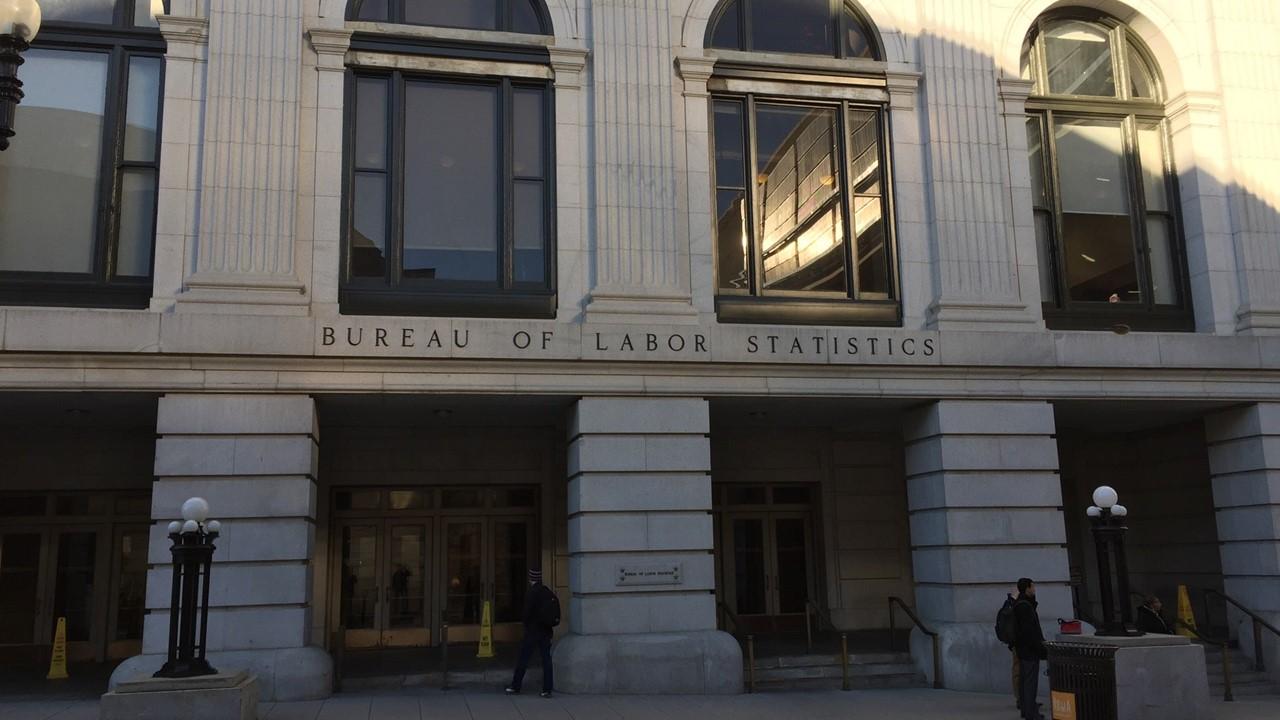PCE Inflation Shows Slowdown — What Does That Mean and How Does It Impact You?
Inflation is hitting personal consumption expenditures (PCE). Here are the details about PCE inflation and how it impacts you.
May 27 2022, Published 12:34 p.m. ET
Reports of inflation often refer to the increase in the overall cost of living. This isn’t the only kind of inflation. There’s also another type of inflation called personal consumption expenditures, or PCE.
What is PCE inflation and how does it differ from other types of inflation that Americans read about? Here are the insights you should know, plus how the details in a PCE report directly impact your life.
PCE vs. CPI: What’s the difference?
Each month, the U.S. Bureau of Labor Statistics (BLS) publishes an updated consumer price index (CPI). According to BLS, the CPI is a “measure of the average change over time in the prices paid by urban consumers for a market basket of consumer goods and services.”
The CPI refers to all out-of-pocket costs of running an urban American household. It excludes rural areas. However, PCE works a little bit differently.
The U.S. Bureau of Economic Analysis (BEA) puts together a monthly report about personal consumption expenditures (PCE). The PCE report shows the change in prices for all goods and services. It also includes all households, making it a more reliable indicator of inflation for rural Americans.
BLS says about the PCE and CPI, “These two indexes are constructed differently and tend to behave differently over time.”
Here’s a rundown of the key differences in how CPI and PCE deduce inflation:
PCE and CPI use different index-number formulas.
They also assign different weights to different categories.
PCE includes some expenses that CPI does not, like expenses paid on behalf of consumers (think medical costs that an employer, Medicaid, or Medicare paid for).
The two indices have differences in seasonal adjustments and sourcing of prices.
What the latest PCE inflation report says (and how it impacts you)
The PCE index reported a 6.3 percent inflation rate over the 12-month period ending in April. March, February, and January saw a bump of 6.6, 6.3, and 6.0 percent, respectively. This means inflation is cooling for the first time in the current spree, according to the BEA.
PCE also reports that, during the month of April, personal income increased by 0.4 percent, or $89.3 billion. Disposable personal income (DPI) increased 0.3 percent, or $48.3 billion. Personal consumer expenditures for the month increased 0.9 percent, or $152.3 billion. The overall PCE index jumped 0.2 percent in April.
BEA goes into further detail, stating, “The $152.3 billion increase in current-dollar PCE in April reflected an increase of $48.6 billion in spending for goods and a $103.7 billion increase in spending for services.”
For the same month, the CPI is up 0.3 percent, suggesting slight divergence from the 0.2 percent reported in the PCE index. Ultimately, inflation is obvious, but the PCE reports a slowdown in the rate of inflation for the first time in years. Many Americans are hopeful this could signal we have, indeed, seen inflation peak.


